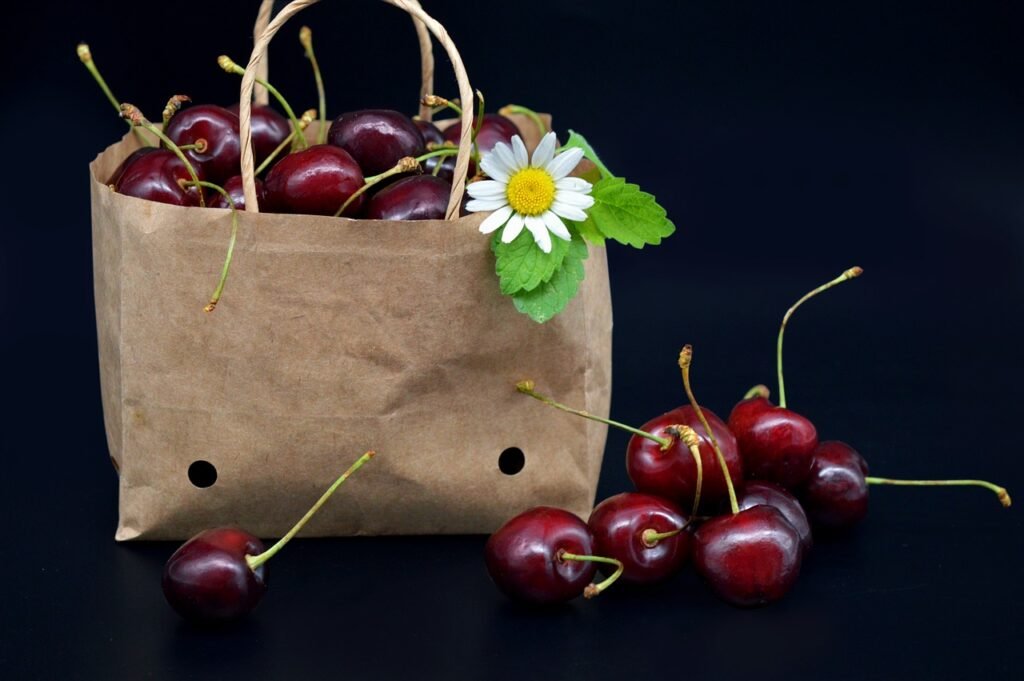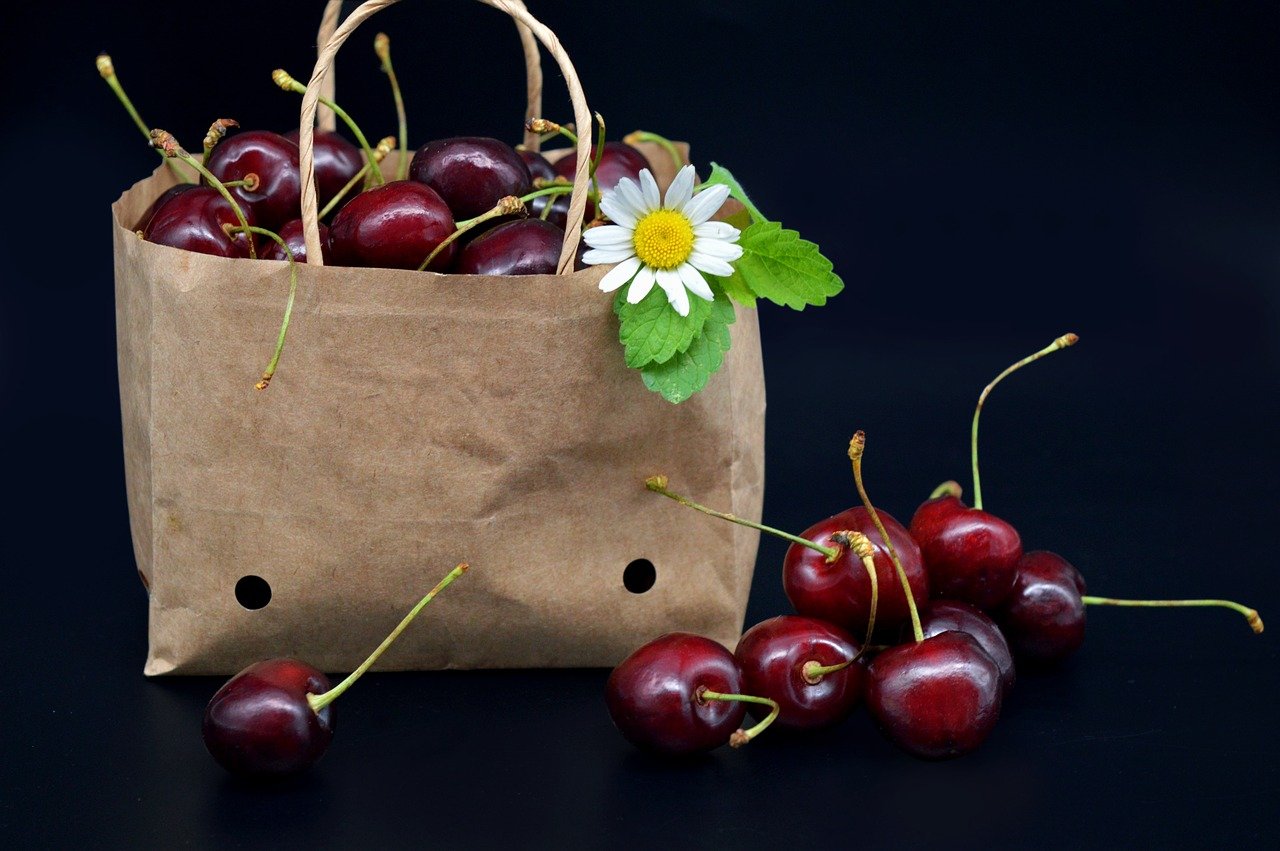In this article, you will discover a world of innovative and eco-friendly packaging ideas that are revolutionizing the way we preserve the environment. From biodegradable materials to creative design solutions, these packaging ideas are not only stylish and practical but also prioritize sustainability. As consumers become increasingly conscious of their environmental impact, it is crucial for businesses to adapt and adopt these eco-friendly packaging techniques to build a more sustainable world for future generations.

This image is property of pixabay.com.
Packaging for a Sustainable World: Eco-Friendly Ideas to Preserve the Environment
In today’s world, where environmental concerns are at the forefront of discussions, it is crucial to adopt sustainable practices in every aspect of our lives. One area that deserves particular attention is packaging. Packaging plays a significant role in our daily lives, from protecting products to delivering goods. However, the excessive use of materials and the non-biodegradable nature of many traditional packaging options pose a threat to our environment. To address this issue, various eco-friendly packaging alternatives have emerged. Let’s explore some of these innovative ideas that can help preserve the environment.
1. Biodegradable Materials
Use of Bioplastics
One of the most promising solutions in eco-friendly packaging is the use of bioplastics. These plastics are derived from renewable resources, such as cornstarch or sugarcane, and are designed to be biodegradable. Bioplastics offer similar functionalities to traditional plastics but without the harm to the environment. They can undergo decomposition through natural processes, reducing the amount of plastic waste that ends up in landfills or oceans.
Plant-based Materials
Another eco-friendly packaging option is the use of plant-based materials. These materials, such as bagasse (sugarcane fibers), bamboo, or hemp, are renewable and biodegradable. They can be used in various forms, such as trays, containers, or even as a substitute for Styrofoam. Plant-based materials not only reduce the dependency on fossil fuels but also contribute to the reduction of waste and carbon emissions.
Mushroom Packaging
An exciting innovation in the eco-friendly packaging arena is mushroom packaging. This sustainable alternative is made from agricultural by-products and mushroom mycelium, the root-like structure of mushrooms. Mushroom packaging is not only biodegradable but also provides excellent insulation properties, making it ideal for protecting fragile products. As it decomposes, it enriches the soil, creating a circular approach to packaging waste.
2. Recycled Packaging
Recycled Paper
One of the simplest and most accessible forms of eco-friendly packaging is recycled paper. By reusing paper fibers, we can reduce the demand for virgin materials, conserve water and energy, and prevent more trees from being cut down. Recycled paper can be used to create various packaging options, such as boxes, bags, or wrapping materials. Additionally, paper can be easily recycled multiple times, further extending its life cycle.
Recycled Cardboard
Similar to recycled paper, recycled cardboard offers a sustainable solution for packaging needs. Cardboard boxes, frequently used for transportation and product packaging, can be made from recycled fibers. By choosing recycled cardboard, you contribute to the reduced consumption of raw materials and the conservation of energy. Moreover, cardboard is easily recyclable, making it a valuable component in the circular economy.
Recycled Plastic
While plastic has become synonymous with environmental concerns, recycled plastic offers a way to mitigate its negative impact. By using recycled plastic in packaging, we can divert waste from landfills and reduce energy consumption during the manufacturing process. Additionally, the use of recycled plastic promotes a shift towards a circular economy by keeping plastic materials in circulation, rather than producing new plastic from fossil fuels.
3. Minimalist Packaging
Reducing Unnecessary Materials
One of the most effective ways to minimize the environmental impact of packaging is by reducing the use of unnecessary materials. This can involve eliminating excessive layers or components that do not contribute to the product’s functionality or safety. By streamlining packaging design and removing unnecessary elements, companies can reduce waste and minimize resource consumption.
Simple Designs
Another aspect of minimalist packaging is adopting simple design principles. Clean and straightforward packaging designs not only contribute to a more visually appealing product but also minimize the use of inks, coatings, or decorations that may hinder the recyclability of the packaging. By opting for simplicity, companies can reduce the environmental footprint of their packaging while still maintaining a strong brand identity.
Smaller Packaging Sizes
In addition to reducing unnecessary materials and simplifying designs, companies can also focus on reducing the size of their packaging. Choosing smaller packaging sizes not only reduces the amount of material required but also optimizes storage and transportation space. By minimizing the dimensions of packaging, companies can reduce energy consumption, lower freight costs, and ultimately decrease carbon emissions associated with transportation.

This image is property of pixabay.com.
4. Compostable Packaging
Packaging Made from Organic Waste
Compostable packaging offers a sustainable solution that can be returned to the earth after use. Made from organic waste materials, such as food scraps, agricultural residues, or even coffee grounds, these packaging options can be safely composted in home composting systems. Compostable packaging provides an alternative to traditional materials that often end up in landfills, contributing to a circular approach to waste management.
Biodegradable in Home Composting Systems
One of the key advantages of compostable packaging is its ability to be broken down in home composting systems. This means that consumers can responsibly dispose of the packaging along with their food waste, creating a closed-loop system. By composting packaging, valuable nutrients are returned to the soil, reducing the need for synthetic fertilizers and promoting healthier plant growth.
5. Reusable Packaging
Encouraging Customers to Return and Reuse Packaging
The concept of reusable packaging brings a new dimension to the sustainability of packaging. By encouraging customers to return packaging materials, such as bottles, containers, or boxes, companies can reduce waste and conserve resources. Implementing a deposit system or offering incentives for returning packaging can create a sense of responsibility among customers and promote the adoption of sustainable behaviors.
Designing Packaging for Multiple Uses
Designing packaging for multiple uses is another effective way to promote reusability. By creating durable packaging that can withstand multiple cycles, companies can enable customers to prolong the life of the packaging. This approach not only reduces the demand for single-use packaging but also provides customers with a practical and eco-friendly alternative.

This image is property of pixabay.com.
6. Alternatives to Plastic
Packaging Made from Bamboo
Bamboo packaging offers a sustainable alternative to traditional plastic packaging. Bamboo is a fast-growing and renewable resource that requires minimal water and no pesticides to grow. It can be used to create various packaging options, such as bottles, containers, or even cutlery. Bamboo packaging not only reduces the reliance on non-renewable resources but also provides a visually appealing and naturally antibacterial alternative.
Glass Containers
Glass containers have long been known for their recyclability and durability. Glass packaging offers an excellent alternative to plastic, as it does not leach harmful chemicals into the environment and can be easily recycled. By opting for glass containers, companies can provide a premium and sustainable packaging option for their products.
Metal Tins
Metal tins, such as aluminum or steel, are another viable alternative to plastic packaging. These materials are highly recyclable and can be melted down and reused indefinitely without loss of quality. Metal tins have excellent barrier properties, preserving the freshness and integrity of the packaged goods. They also offer a sleek and sophisticated appeal, making them an attractive choice for various products.
7. Sustainable Labels and Inks
Use of Soy-based Inks
When it comes to printing labels and designs on packaging, opting for eco-friendly inks is essential. Soy-based inks, as opposed to petroleum-based inks, are made from renewable resources. They have a lower environmental impact and do not release harmful volatile organic compounds (VOCs) into the atmosphere. By using soy-based inks, companies can minimize their carbon footprint and contribute to a cleaner and healthier environment.
Recycled Paper for Labels
Choosing recycled paper for labels further enhances the sustainability of packaging. By using recycled paper for labeling purposes, companies reduce the demand for virgin paper fibers and prevent more trees from being cut down. Additionally, labels made from recycled paper can be easily recycled alongside the packaging material, ensuring a closed-loop system and minimizing waste.
Water-based Adhesives
The choice of adhesives used in packaging is also crucial for sustainability. Water-based adhesives offer a greener alternative to solvent-based adhesives. These adhesives are made from natural polymers and have a lower environmental impact. They are also less toxic and provide better recyclability of the packaging materials. By opting for water-based adhesives, companies can reduce emissions and contribute to a healthier ecosystem.
8. Shipping and Transport Efficiency
Using Smaller Packages
Efficient shipping and transport play a vital role in reducing the environmental impact of packaging. By using smaller packages, companies can maximize the use of space in trucks, airplanes, or ships, reducing the number of trips and energy consumption. Smaller packages also contribute to lower shipping costs, providing economic benefits alongside environmental advantages.
Optimizing Freight Space
Optimizing freight space involves strategically arranging and stacking packages to maximize the utilization of transportation vehicles. By optimizing freight space, companies can reduce the number of trips required to transport goods, resulting in lower fuel consumption and carbon emissions. Utilizing load planning software and implementing efficient packaging designs can help maximize freight space and minimize waste.
Reducing Carbon Emissions
Reducing carbon emissions in shipping and transporting goods is crucial for a sustainable packaging solution. Companies can achieve this by selecting greener transportation options, such as electric vehicles or vehicles powered by alternative fuels. By actively monitoring and managing carbon emissions throughout the supply chain, companies can make informed decisions to minimize their environmental impact.
9. Education and Awareness
Informing Consumers About Eco-Friendly Packaging Options
Educating consumers about eco-friendly packaging options is essential for encouraging sustainable choices. Companies can play a pivotal role in raising awareness by providing clear and transparent information about the environmental benefits of their packaging. Communicating the advantages of eco-friendly packaging through product labels, websites, or social media can empower consumers to make informed decisions and actively contribute to a sustainable world.
Encouraging Sustainable Packaging Choices
Alongside education, companies can actively encourage sustainable packaging choices by offering incentives or rewards for choosing eco-friendly options. Implementing recycling programs, providing information on proper disposal methods, or collaborating with recycling facilities can foster a sense of responsibility among consumers. By making sustainable choices more accessible and rewarding, companies can inspire positive change in consumer behavior.
10. Collaboration and Innovation
Partnerships with Packaging Suppliers
Collaboration between companies and packaging suppliers is essential for driving sustainable innovation. By working together, companies and suppliers can identify new opportunities, share knowledge, and develop environmentally friendly packaging solutions. Through these partnerships, companies can access cutting-edge technologies, materials, and manufacturing processes that can further enhance the sustainability of their packaging.
Investing in Research and Development of Sustainable Packaging
Continual investment in research and development is key to driving innovation in sustainable packaging. By allocating resources towards finding new materials, improving packaging designs, or exploring alternative packaging methods, companies can stay at the forefront of eco-friendly packaging solutions. Investing in research and development not only benefits the environment but also provides a competitive advantage by delivering innovative and sustainable products to the market.
In conclusion, the need for sustainable packaging has never been more critical. By embracing biodegradable materials, recycled packaging, minimalist designs, compostable options, reusable solutions, alternatives to plastic, sustainable labels and inks, shipping and transport efficiency, education and awareness, and fostering collaboration and innovation, we can make a significant difference in preserving the environment. The journey towards a sustainable future begins with each individual choice we make and the collective effort we put forth in finding eco-friendly packaging solutions. Together, we can create a world where packaging serves its purpose without harming the planet.
